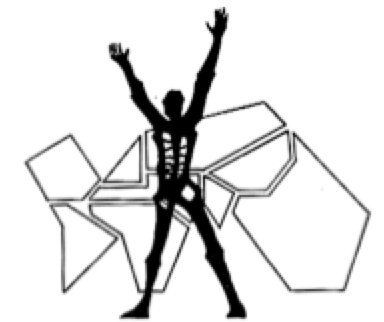Preschool
Imaginal education was first piloted in preschools, starting in Fifth City Chicago and then replicated around the worldTHE FIFTH CITY PRESCHOOL
Four Schools Within A Preschool
Launched in 1964, the Fifth City Preschool in Chicago was the first community program for changing images through a structure, a curriculum, a time design, and the entire school environment. Uniquely the preschool had four schools within the school – Infant, Mini, Pre and Kinder. – focusing on the unique development of each age level from 18 weeks until age five.
Two preschool leaders recall the beginnings of designing and implementing the preschool: Aimee Hillard, “Launching the Fifth City Preschool – As I Remember It” (2018) and Sandra Conant, “The Fifth City Preschool (Chicago, 1967-68)” (May 2019). The first Imaginal Education Preschool Manual: Creating the Future describes the theory and practices of teaching.
Six steps for shaping images.
THE INFANT SCHOOL
An Infant School served children from sixteen weeks until eighteen months (or potty trained). A daily schedule and lesson plans provided continuity and emphasized a different global culture each month. Staff learned from Professors Dolman and Delacotto at the University of Illinois that babies could read if the letters of words and numbers were written large enough. So diaper changing time became a great time for introducing words to the infants.
THE MINI SCHOOL
The Mini School served children eighteen months until they turned two. The 1967 Mini School Manual describes the school along with eight weeks of lesson plans. A summary of mini-school learnings are shared in this 1973 report, 5th City Preschooling Institute: An Experiment in Early Education..

Shapes of the imaginal daily time design communicate to the preschoolers their curriculum times, exercise periods (calimaginal), eating and nap times and rituals for opening and closing the day.
.
THE PRESCHOOL
for Three and Four Year Olds
In 1965 the three-four year olds were funded by the U.S. Department of Education Head Start program “because of its provocative approach to change images through art, images, dreams and metaphors”. Today this age is still being taught with a daily curriculum and environment that bombards them with strong positive images of personal integrity, freedom and creativity through rituals and songs. Karen Bueno documented the preschool songs in Children Singing the New Millennium. These songs often took old familiar tunes parents knew from their past and rewrote the words to reflect the images of the present day. For instance “Twinkle Twinkle Little Star” became “Voom, Room Astronaut”. The Fifth City Preschool was recognized by Headstart in 1969 as “one of the ten best preschools in the United States“. The three and four year olds are still being taught at the Preschool – click on the banner below to see their Facebook page.
KINDER SCHOOL
As the children turn five years old, they participate in a rite of passage of Preschool Graduation, moving from preschool to a half day of public school kindergarten and the other half day attending the Kinder School. Marjorie Branch, the principal at Erickson Elementary School, told 5th City Preschool staff that the 5th City Kinder Schoolers were always ahead of the other children without a preschool education because they had a a “strong personal identity, an appreciation for learning and working with others, a sense of delight and wonder, and the ability to communicate with confidence.”

The design of the CURRICULUM focuses on four areas: BASIC (reading, math and language skills), RELATIONAL (learning how to live and act with one’s family and friends as well as becoming aware of the city/state/nation/world one is a part of), PSYCHOLOGICAL (developing personal skills) and IMAGINAL(developing personal self-images and social images of responsibility). These four curriculum areas are ‘spiraled’ to appropriately address each age level.
Each school has a similar TIME DESIGN, graphically shown beside the description of the Mini School. The shapes show the children what part of the day they are participating in, whether it is a curriculum block, a time for exercise, or a time to eat or rest.


